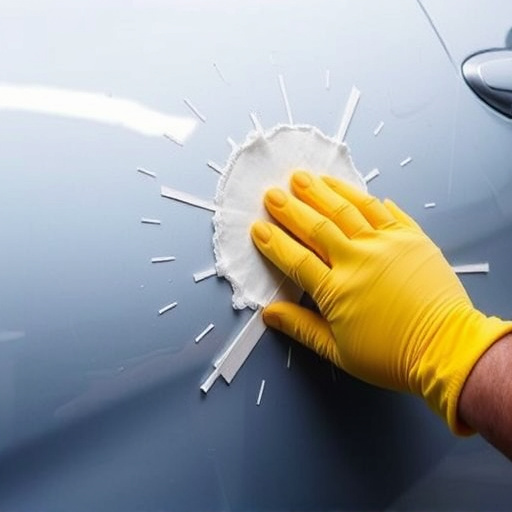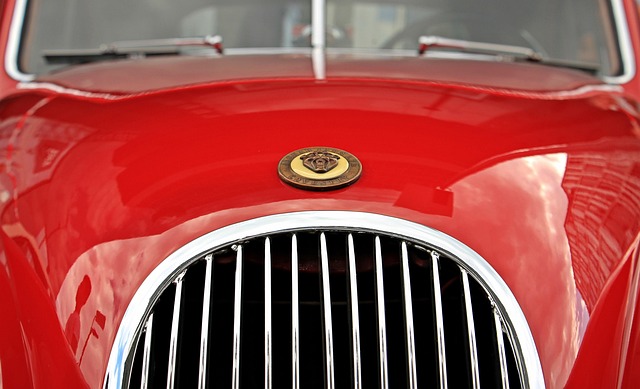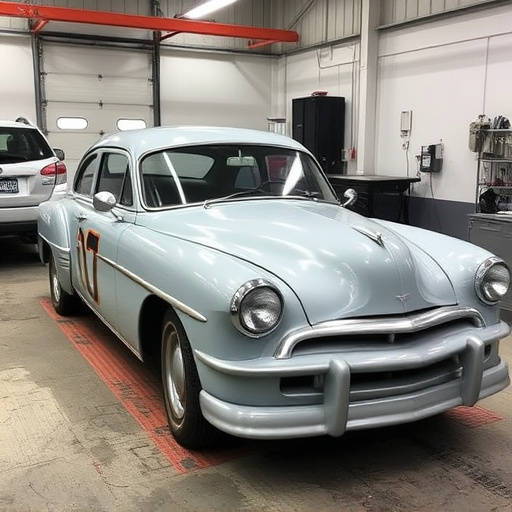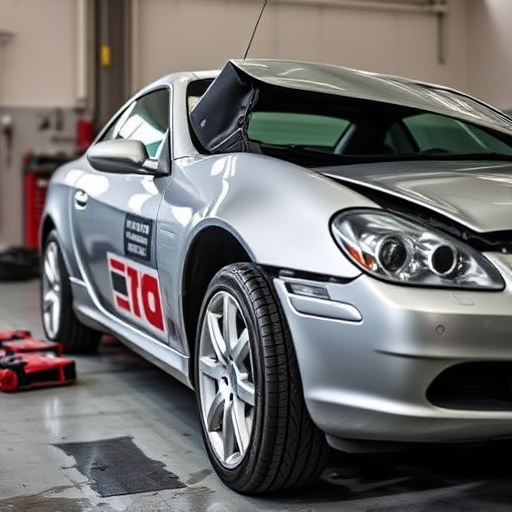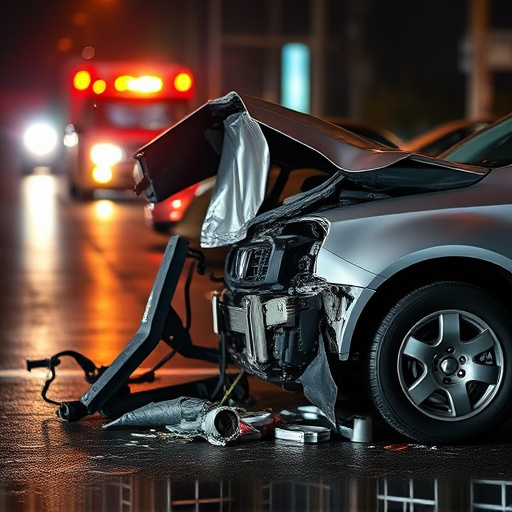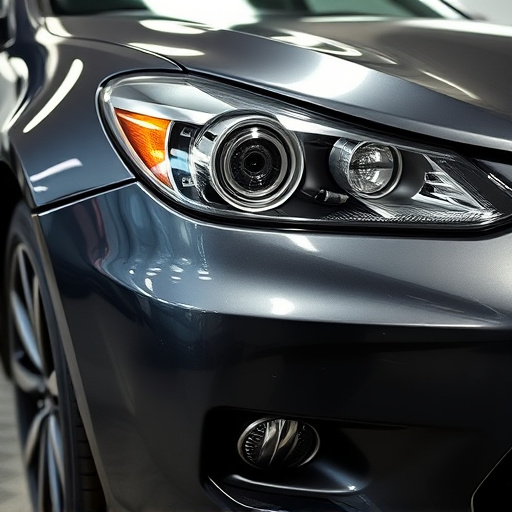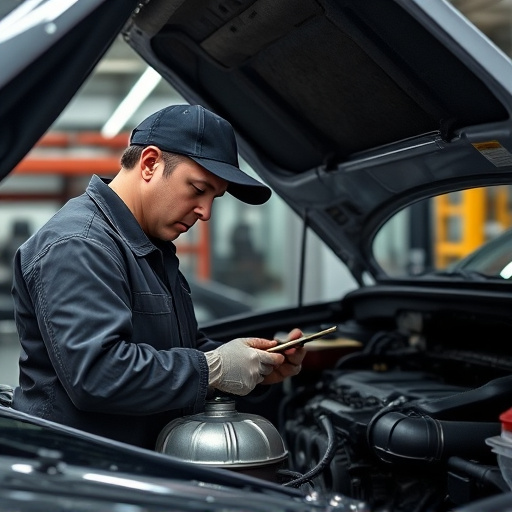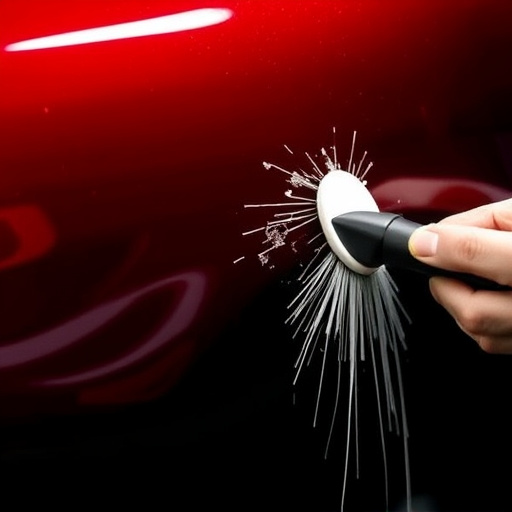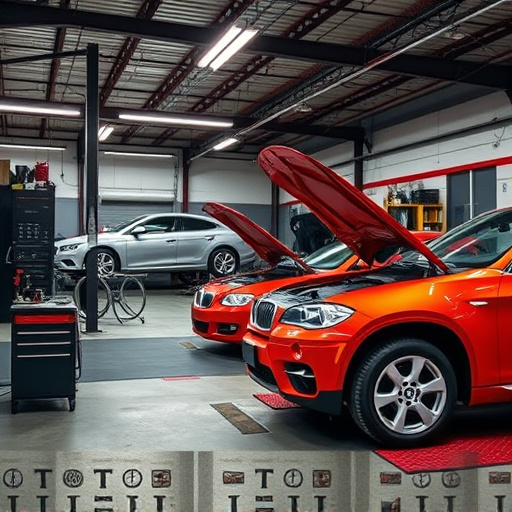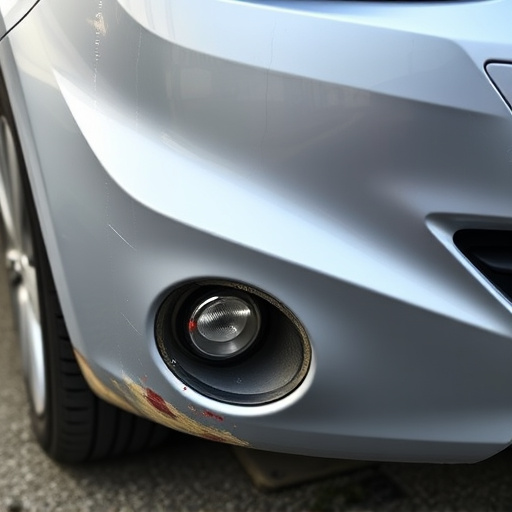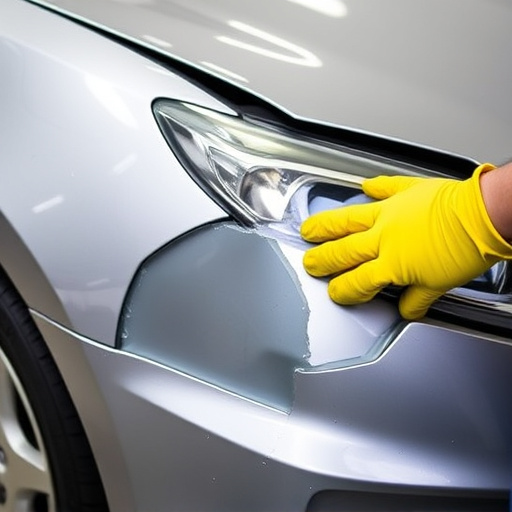Choosing the right PDR (Paintless Dent Repair) tools requires understanding your car's paint composition and damage level, as modern cars need specialized tools while older vehicles might require abrasives. Collision repair centers have varied tool needs for tasks like minor dents or significant fender bender damage; a comprehensive set ensures efficiency and high-quality restoration. PDR tools, from scrapers to dent removal devices and polishers, are designed for specific bodywork tasks, allowing beginners to select the right equipment for their skills and project scope. Researching and comparing brands based on dent size, accessibility, skill level, and tool weight/power is essential for informed decisions aligning with car bodywork repair requirements.
“New to the world of paintless dent repair (PDR)? This comprehensive beginner’s guide is your first step towards mastering the art. We’ll walk you through the essentials, from comprehending your car’s paint and dent requirements to exploring the diverse range of PDR tools available.
Learn how each tool functions, then discover tips for choosing the perfect one for your needs. Whether you’re a novice or looking to upgrade, this guide ensures you make an informed decision with our expert insights on PDR tools.”
- Understanding Your Car's Paint and PDR Needs
- Exploring Common PDR Tools and Their Functions
- Making an Informed Decision: Selecting the Right PDR Tool for You
Understanding Your Car's Paint and PDR Needs
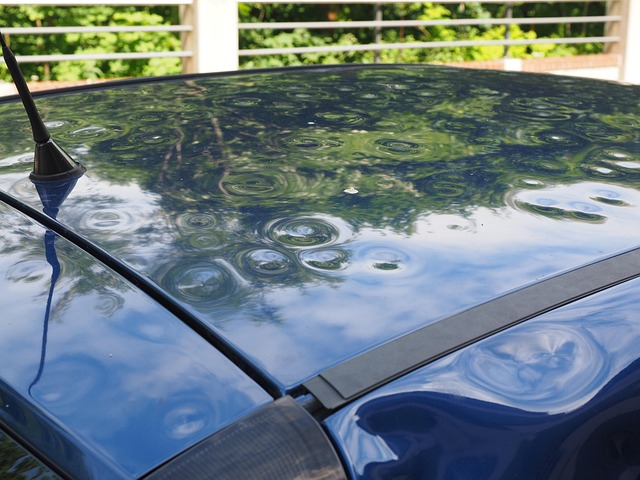
Understanding your car’s paint and PDR (Paint Damage Removal) needs is a crucial first step before selecting any PDR tools. Each vehicle’s exterior varies, from different paint compositions to various levels of damage. Properly identifying these factors ensures you choose the right tools for effective and efficient car body restoration. For instance, some modern cars have clear coats that require specialized tools to avoid damaging the surface, while older vehicles might need abrasive pads for more robust removal.
Knowing your collision repair shop or collision repair center’s requirements is essential. Different PDR tasks demand specific tools; a comprehensive set caters to various needs. Whether it’s minor dents, scratches, or significant damage from a fender bender, the right tools can make car body restoration seamless. This process involves assessing the extent of paint damage, considering the type of repair needed, and ultimately, selecting PDR tools that align with your collision repair center’s standards for quality and efficiency.
Exploring Common PDR Tools and Their Functions
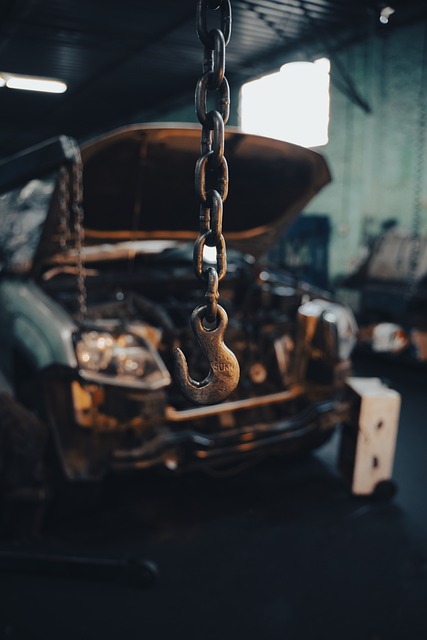
In the world of car restoration and auto body repair, Professional Detailers’ Resources (PDR) tools have become indispensable. These specialized instruments cater to various aspects of vehicle bodywork, enabling meticulous and efficient repairs. Common PDR tools include a range of scrapers, picks, and tampers designed for removing paint, dent removal tools that use air pressure or vibration, and polishers that restore the car’s finish with minimal scratches. Each tool is tailored to specific tasks, such as removing dents, scratching, or even repainting entire sections of a vehicle, making them crucial for achieving a flawless car restoration.
Understanding these tools’ functions empowers beginners in auto body repair to select the right equipment for their needs. For instance, dent pullers are ideal for addressing minor dents and scratches on a car’s surface, while rotary polishers are more suitable for heavy-duty tasks like removing rust or correcting major imperfections in vehicle bodywork. By familiarizing themselves with these PDR tools and their applications, folks can efficiently navigate the process of auto body repair, ensuring a glossy and seamless finish that reflects their dedication to car restoration.
Making an Informed Decision: Selecting the Right PDR Tool for You
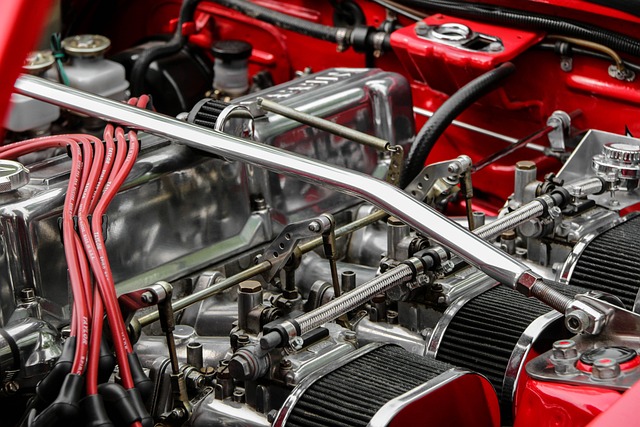
Making an informed decision when selecting PDR tools is crucial for any aspiring auto body shop professional or DIY enthusiast. With a wide array of options available, choosing the right tool can seem daunting. However, understanding your specific needs and the scope of your car body repair projects is key. Different PDR tools are designed for various tasks, ranging from minor dent removal to complex car bodywork repairs.
Consider factors such as the size and type of dents you frequently encounter, the accessibility of the damaged areas, and the level of skill you possess. For instance, a beginner might prefer lightweight, easy-to-use hand tools, while experienced technicians may opt for more powerful machinery. Researching and comparing different PDR tool brands and their unique features will help you make an educated choice that aligns with your car bodywork repair requirements.
When selecting your first PDR tool, remember that understanding your car’s paint type and the extent of damage is key. Each vehicle has unique needs, so choose a tool versatile enough for various tasks yet precise enough to deliver flawless results. By thoroughly considering your requirements and exploring the diverse range of PDR tools available, you’ll make an informed decision that suits both your skills and your car’s needs.
